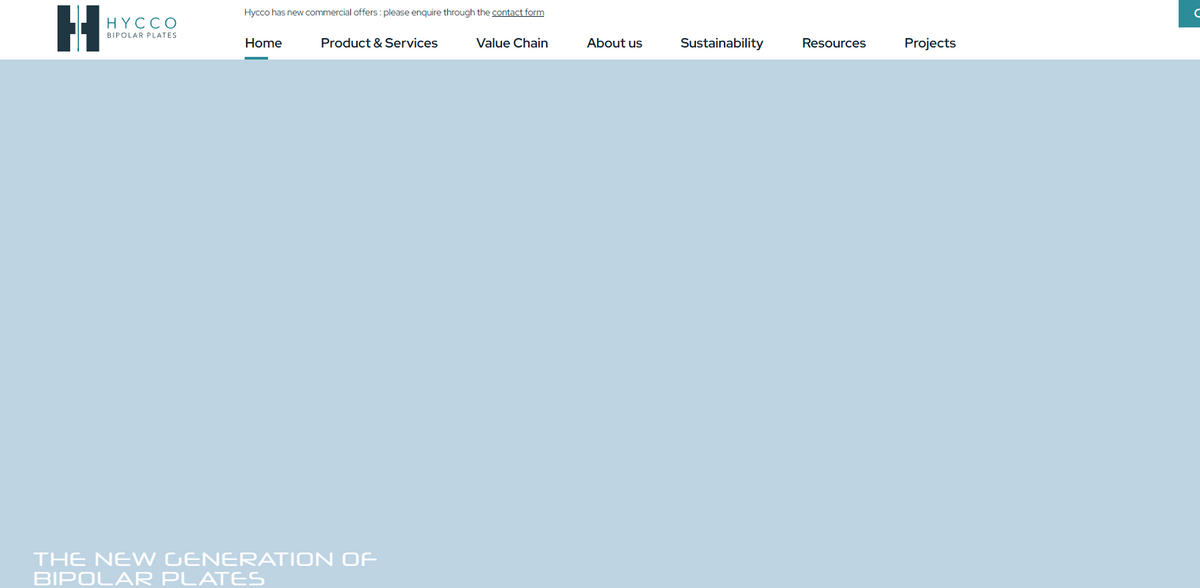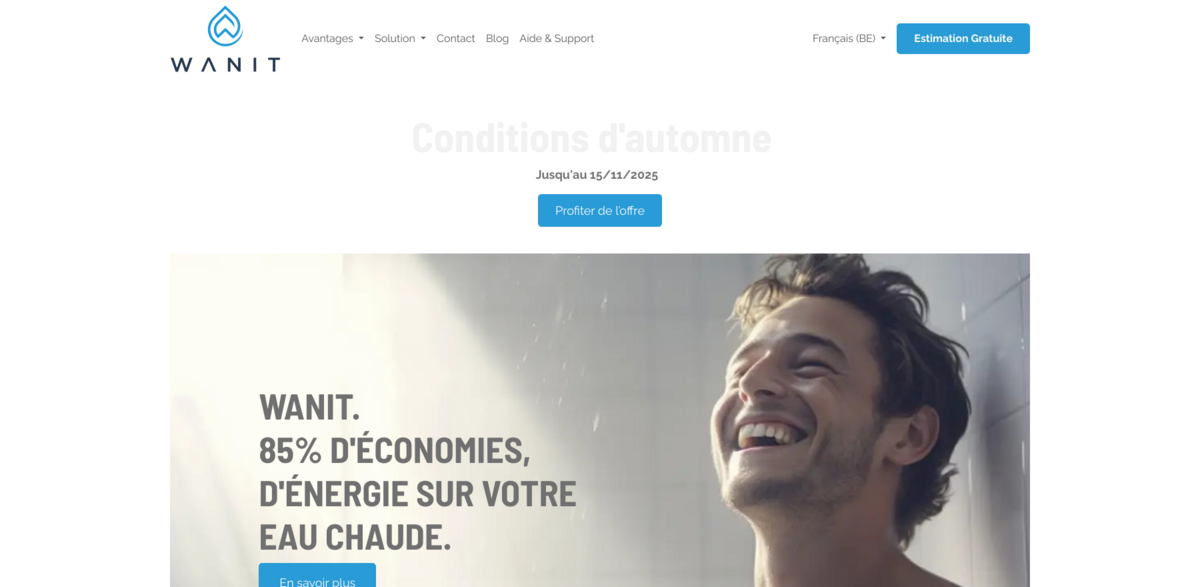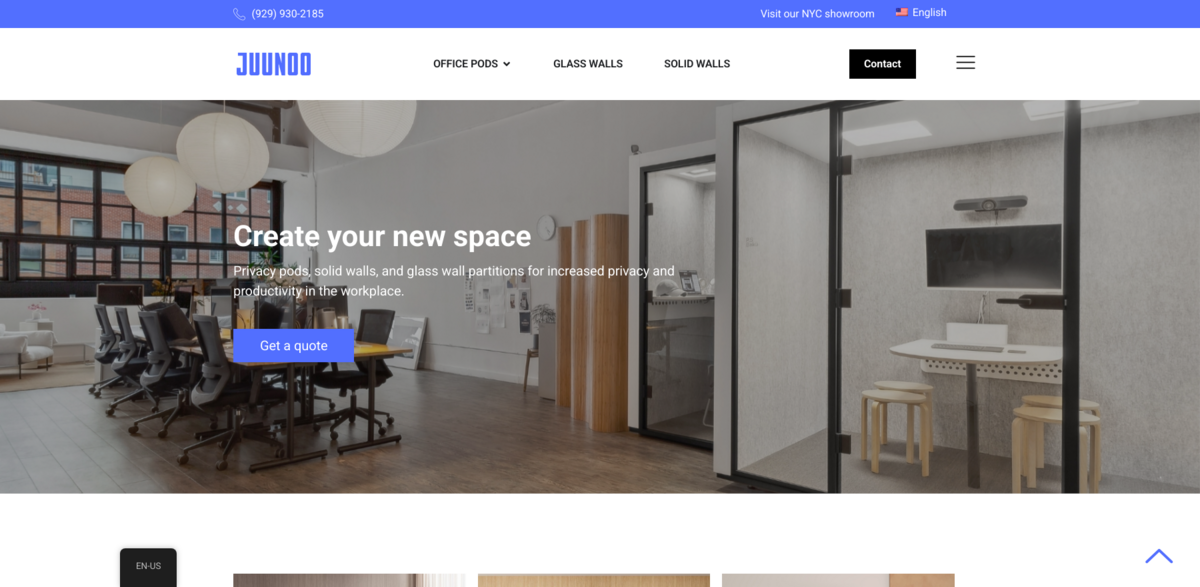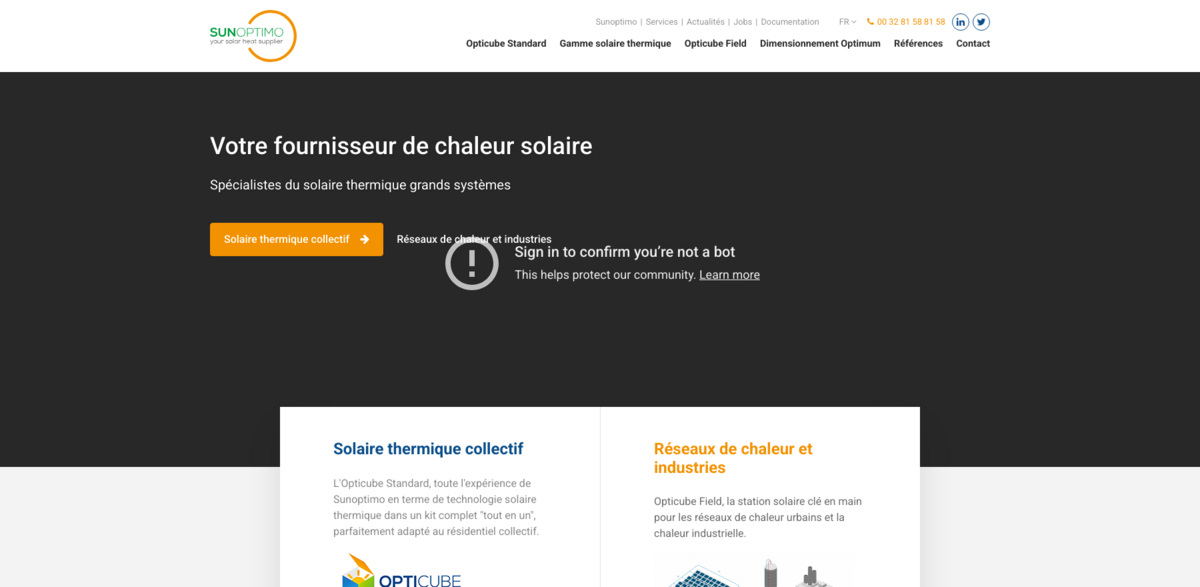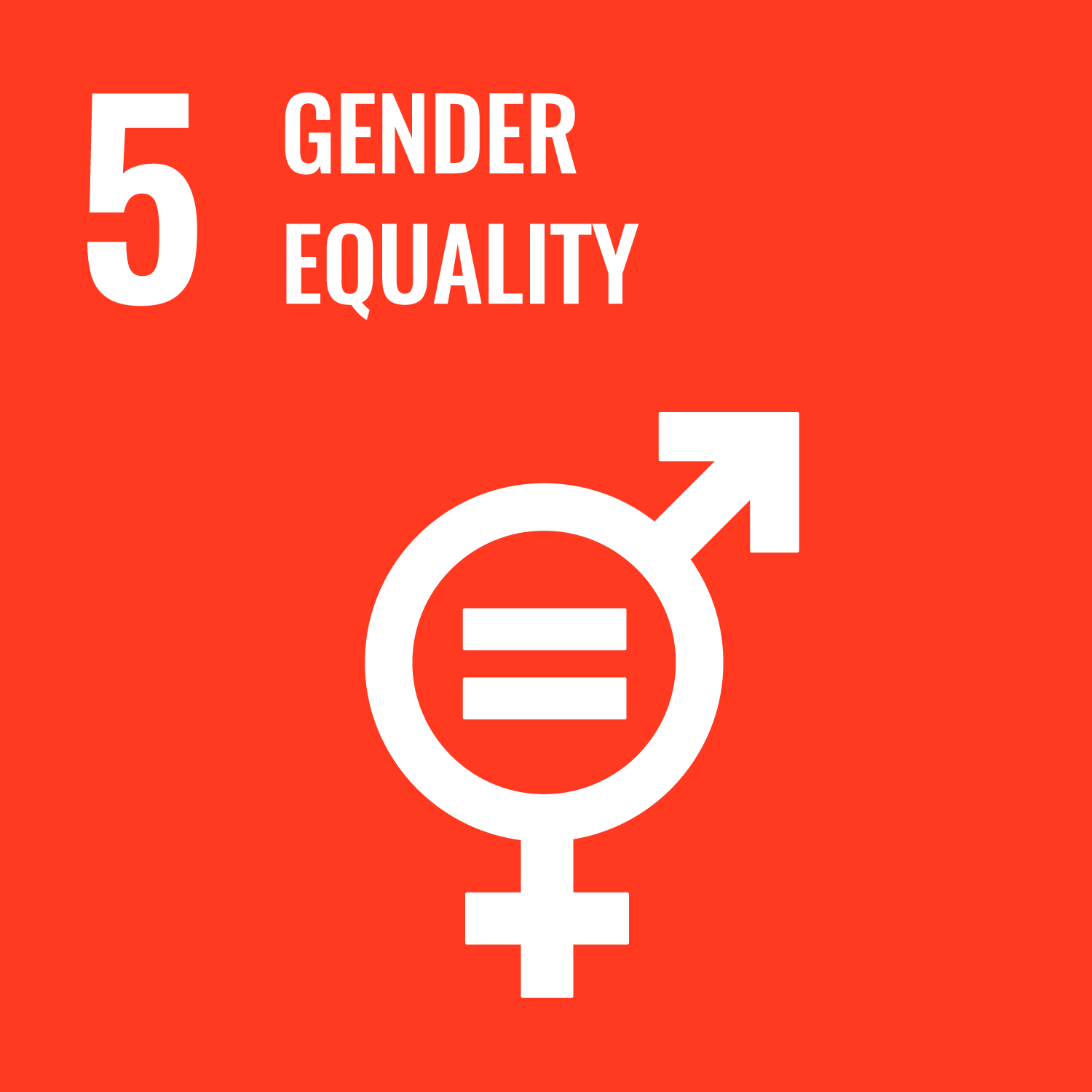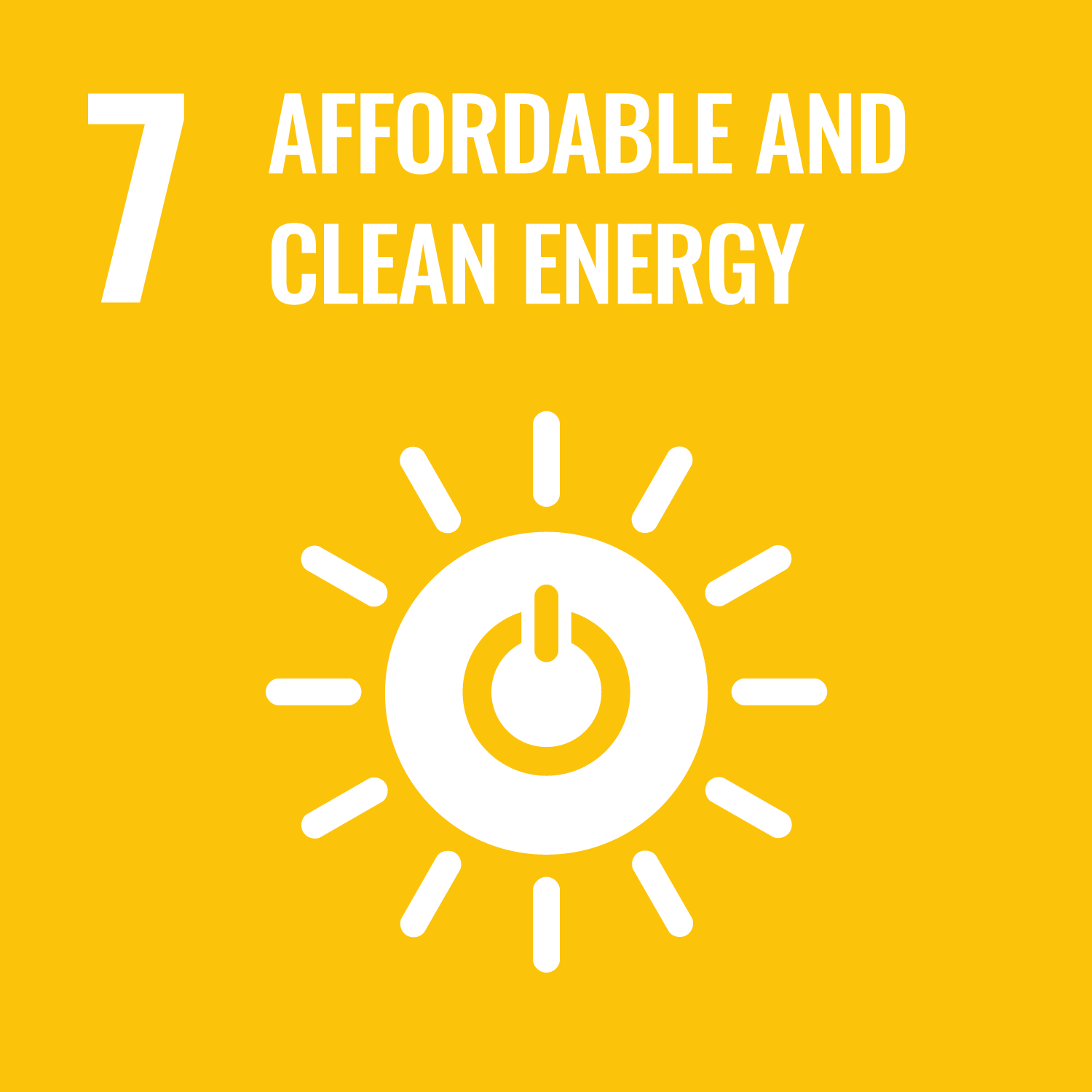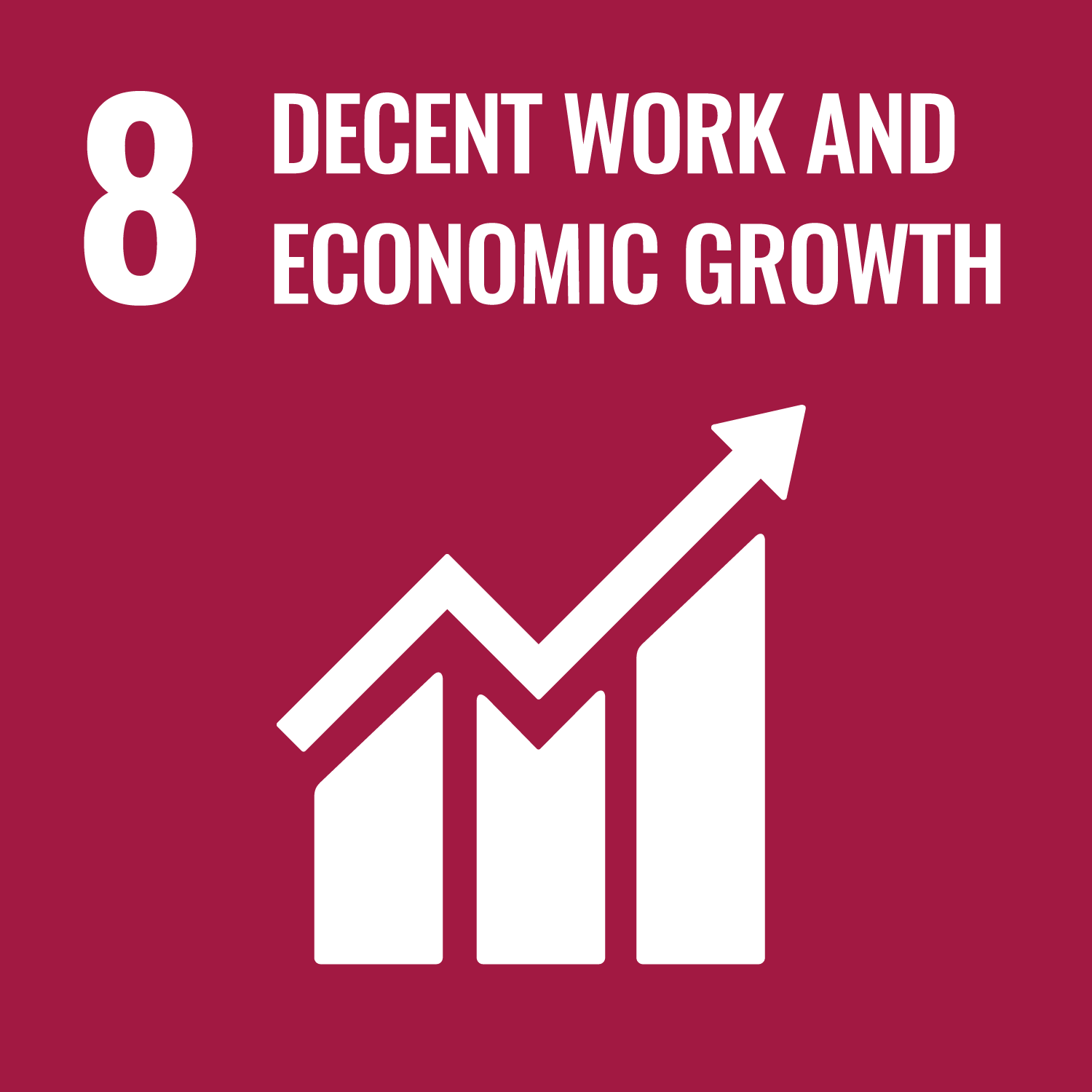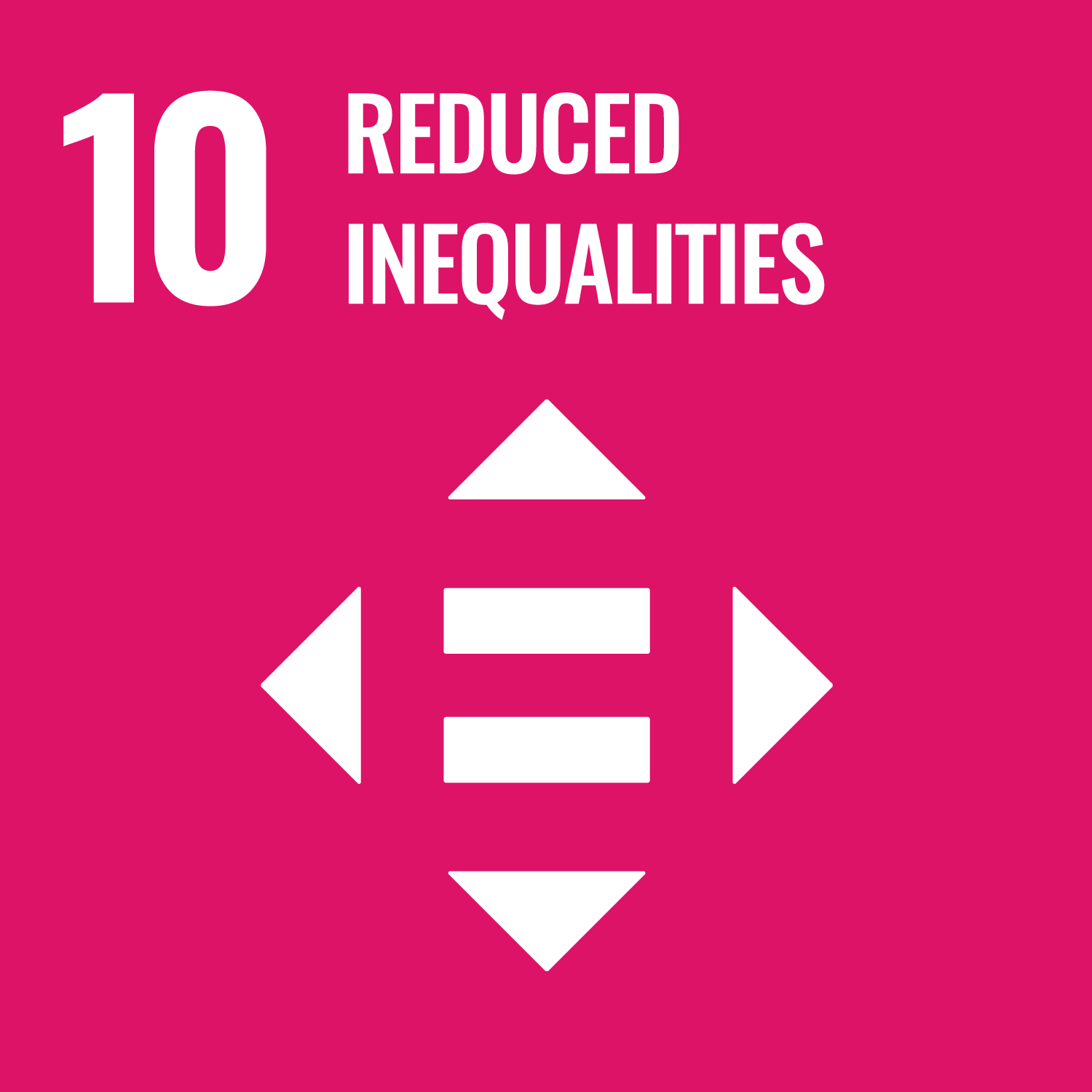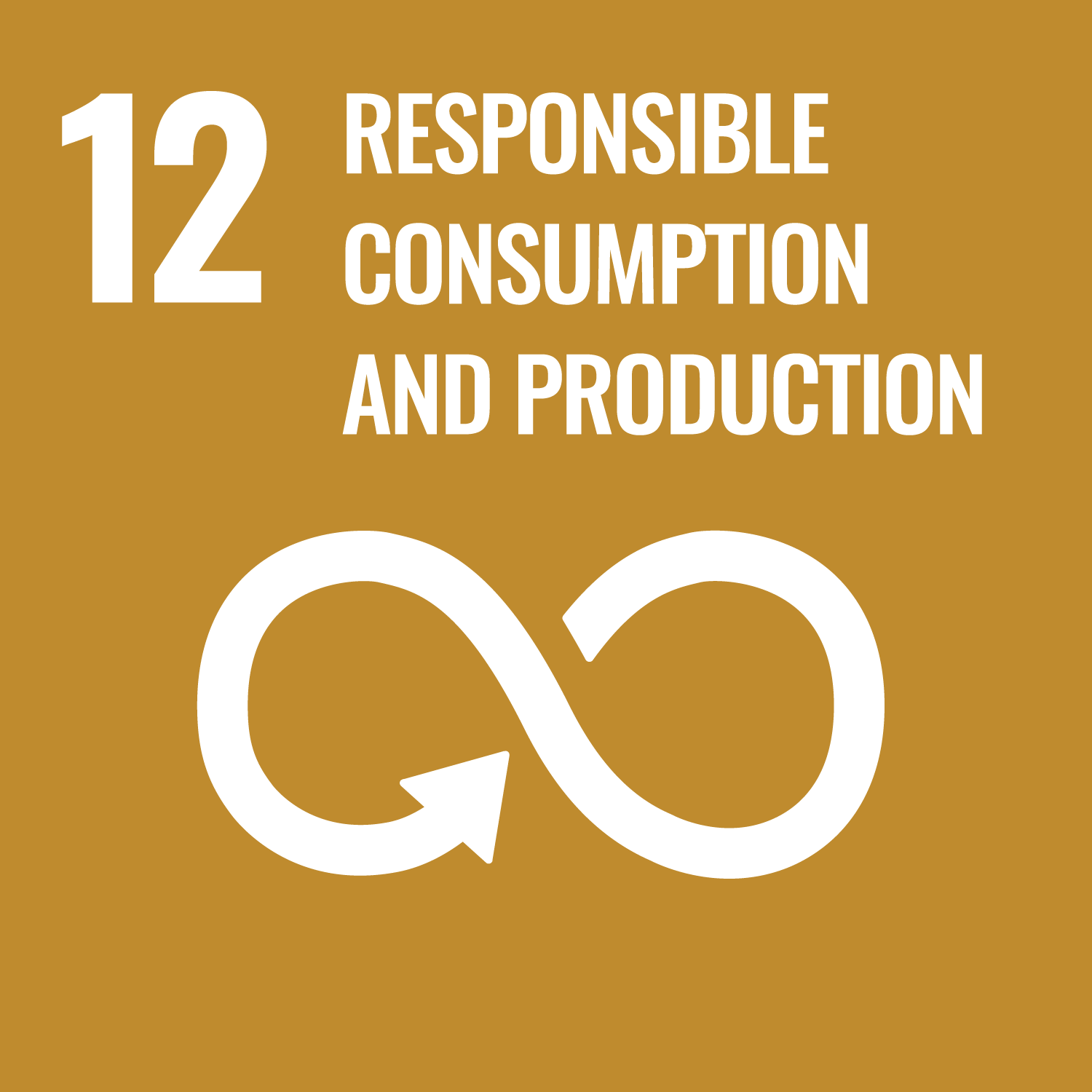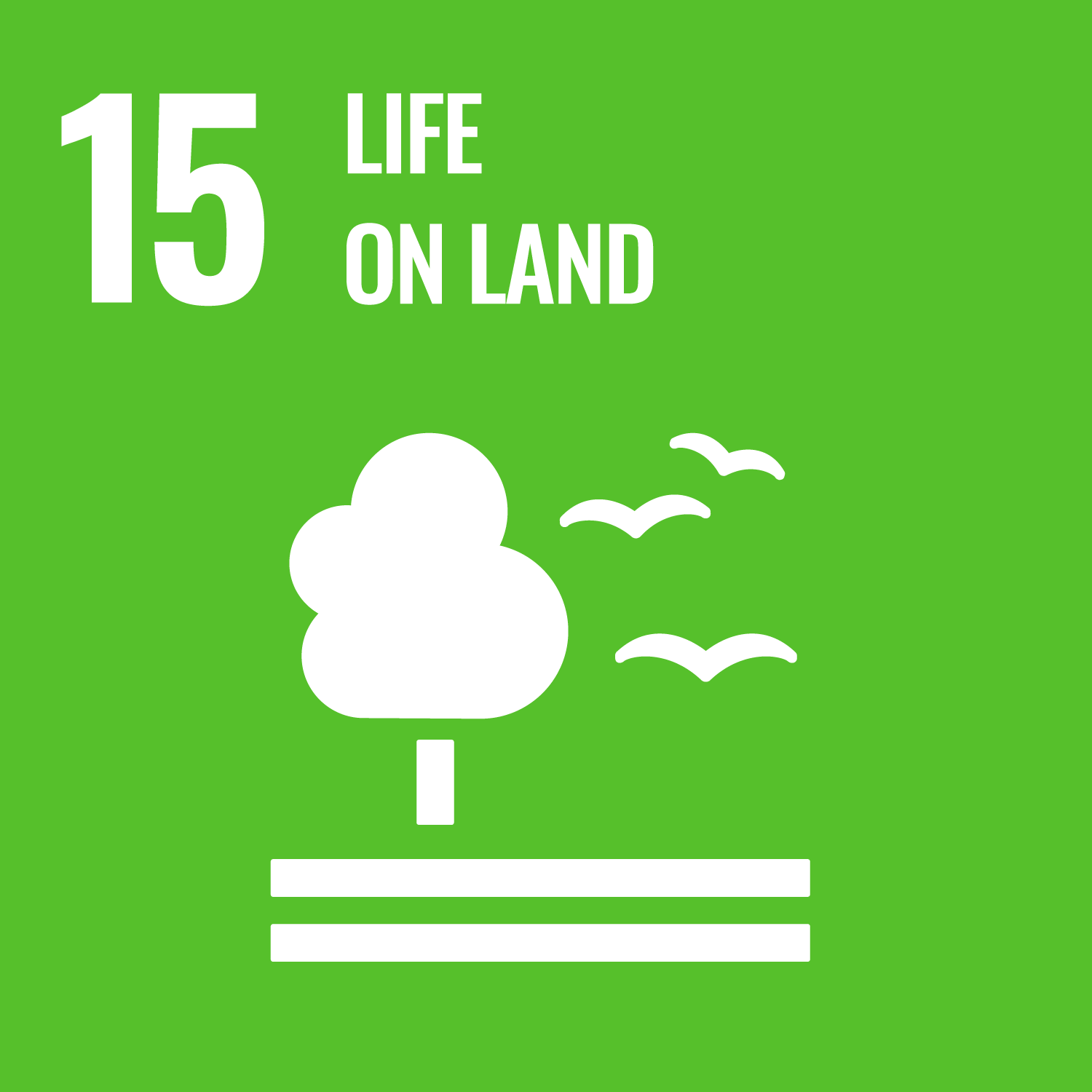What is the Hycco Project?
Hycco has new commercial offers: please enquire through the contact form. The new generation of bipolar plates is here—ultra-light, durable, and compact—designed to empower the future of energy conversion systems. Hycco develops these carbon fiber bipolar plates with innovative process technology that transforms a key component of hydrogen systems, spanning from fuel cells to REDOX flow batteries. This French start-up tackles the challenge of hydrogen fuel cells needing extended lifetimes, reduced weight, and a compact design, especially for heavy mobility sectors such as shipping, railways, aeronautics, trucks, and buses. Think about it: extending the life and efficiency of fuel cell stacks can be the tipping point in reaching both technical and economic viability while significantly reducing greenhouse gas emissions.
Main Benefits and Key Figures
The benefits of Hycco’s solution are clear. Its hybrid approach combines the thinness of metallic plates with the lightweight nature of carbon fiber and the extended durability of composite materials. Key facts and figures that highlight these advantages include:
- Density: Depends on polymer used 1.6 – 1.8 g.cm³
- Hydrogen permeability (@ 1 bar @ NTP) on a 0.38mm thick plate: 5 x 10⁻⁸ mol/s/m/MPa
- ASR (Through plane @1.4 MPA) on a 0.38mm thick plate: 10 mΩ-cm²
- Constant use temperature: up to 180°C
- Web thickness (as of today): 0.38 mm with a target of 0.12 mm in 2024
- Corrosion resistance: Accelerated ageing tests have revealed values of less than 1 μA/cm²
Ultra-Light and Compact Innovation
Ultra-light and compact design is at the heart of the Hycco project. Thanks to a web thickness as low as 200µm, the material does not compromise the stack’s compactness—one millimeter of assembled bipolar plate has been demonstrated, ensuring the fuel cell remains efficient yet small. The lightweight carbon fiber significantly reduces stack weight—by 30 to 50%—allowing for unprecedented power density. This is a breakthrough approach, merging the best attributes of metallic bipolar plates with the resilience of composite materials… truly a technological leap that reshapes what’s possible in energy systems.
Manufacturing Excellence and Customization
Hycco’s manufacturing process is designed for scalability and continuous production, making it perfect for turning concept into industry-standard practice. The project covers every step from design and prototyping to production and industrialization. Complex channel designs can be formed on plates up to 40x40cm², and the innovative welding technology for assembling bipolar plates eliminates the need for glue or extra materials. Gasketing during the prototyping phase is managed by specialized dispensing systems, and comprehensive quality testing—along with in-situ fuel cell testing up to 2kW for both high-temperature and low-temperature PEMFC—ensures rigorous validation. The emphasis on customization and precision helps to provide reliable, cost-competitive solutions for mass decarbonization.
Sustainable Development and Resource Efficiency
Sustainability is a central pillar of the Hycco technology. The breakthrough material, built with carefully chosen polymers, exhibits excellent chemical resistance across various fuel cell environments; this means long-lasting performance even in demanding conditions. Components have been intentionally designed to be completely recyclable, following a sustainable life cycle assessment that promotes the circular economy. Social responsibility and environmental stewardship are fundamental in the project’s ethos. In an era where every innovation must be measured by its ecological footprint, Hycco’s recyclable and durable bipolar plates offer a significant stride towards reducing harmful emissions and advancing green energy solutions.
Innovation in Hydrogen Energy
At its core, the Hycco project embodies innovation in the hydrogen energy sector. Recognizing that bipolar plates represent 70% of a fuel cell stack’s system cost and directly impact durability, Hycco’s ultra-thin, compact, and robust composite plates provide an unmatched solution. By combining the benefits of lightweight carbon fiber and modern processing methods, these bipolar plates help extend the life of hydrogen systems by a factor of four compared to traditional metallic options, all while halving the system’s weight without compromising compactness. This innovation is crucial for unlocking the full potential of hydrogen fuel cells, making the transition to a clean energy future more attainable.
Project Impact on SDGs
- SDG 7: Affordable and Clean Energy – By enhancing fuel cell performance, the project accelerates access to clean energy solutions.
- SDG 9: Industry, Innovation, and Infrastructure – Scalable production and continuous innovation promote advanced infrastructure in the energy sector.
- SDG 11: Sustainable Cities and Communities – Decarbonizing heavy mobility contributes to more sustainable public transport and urban environments.
- SDG 12: Responsible Consumption and Production – The project embraces a fully recyclable design, fostering responsible production practices.
- SDG 13: Climate Action – Extended durability and efficiency in hydrogen systems directly contribute to significant CO₂ emission reductions.
Future Growth and Market Expansion
Looking toward the future, the Hycco project is poised for significant market expansion. A prototype production line capable of 10,000 pieces per year has been established to meet the demands of flexible, small-batch production. In parallel, a pilot line with a capacity of 250,000 pieces per year is set to be deployed within 2023, making a fast approach toward the large-scale deployment in hydrogen markets. Further refinements, like reducing the web thickness from 0.38 mm to a targeted 0.12 mm by 2024, hint at even more compact and efficient designs on the horizon. This dynamic approach ensures that the project remains at the forefront of technological advancement, ready to support a sustainable energy future with scalable, high-performance solutions.

